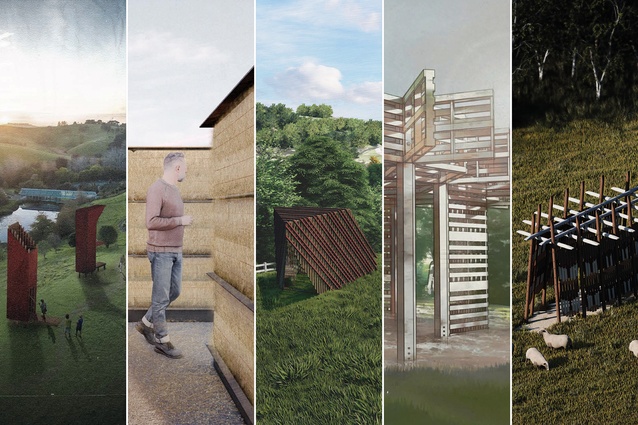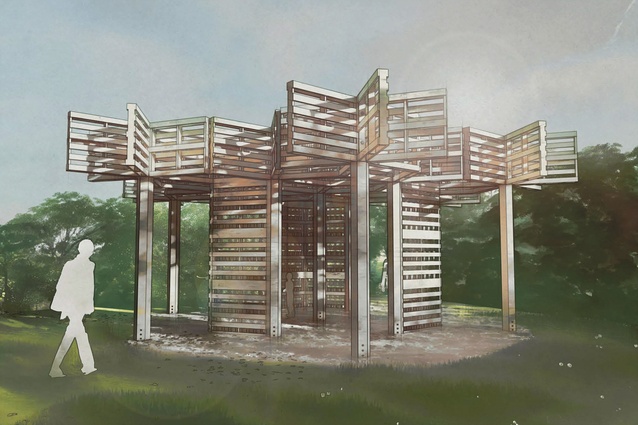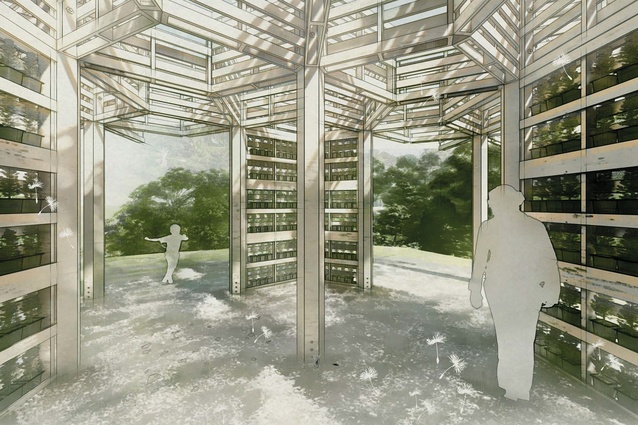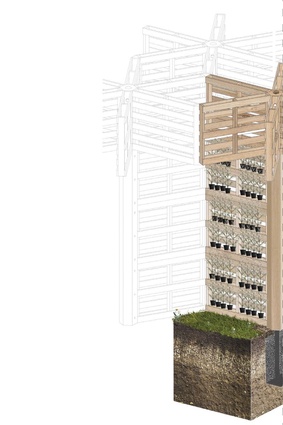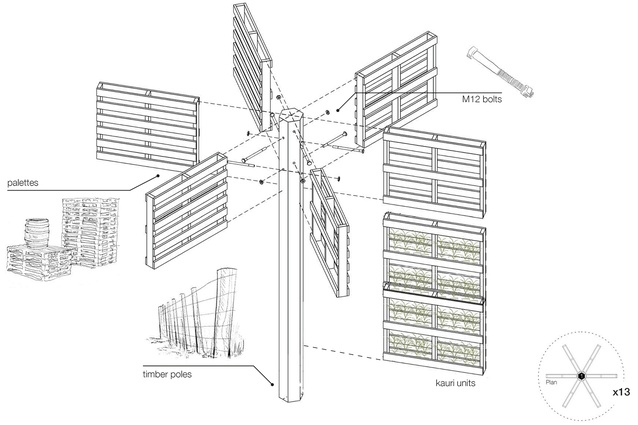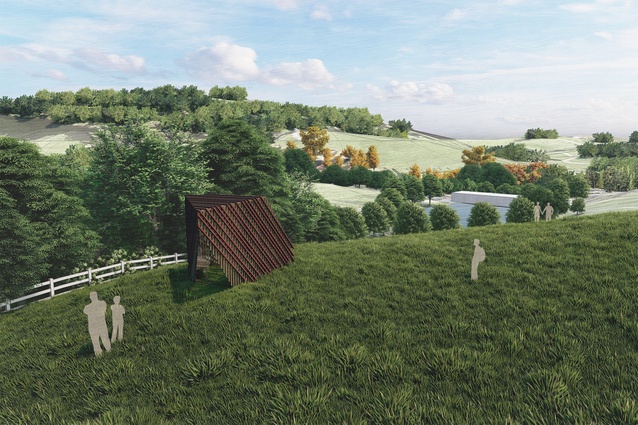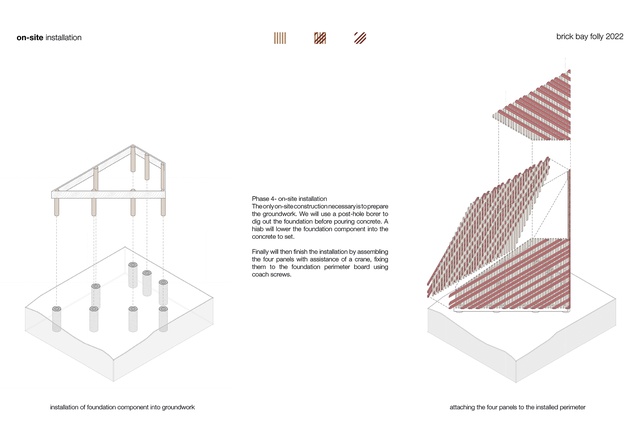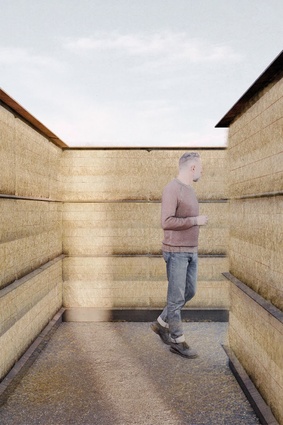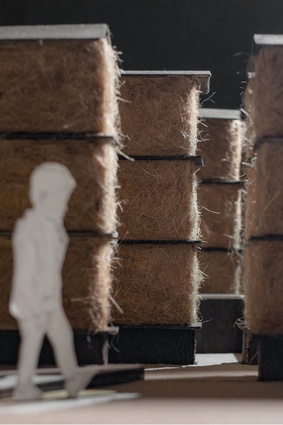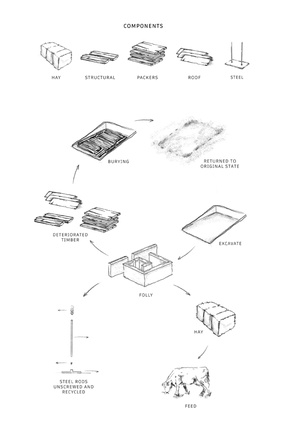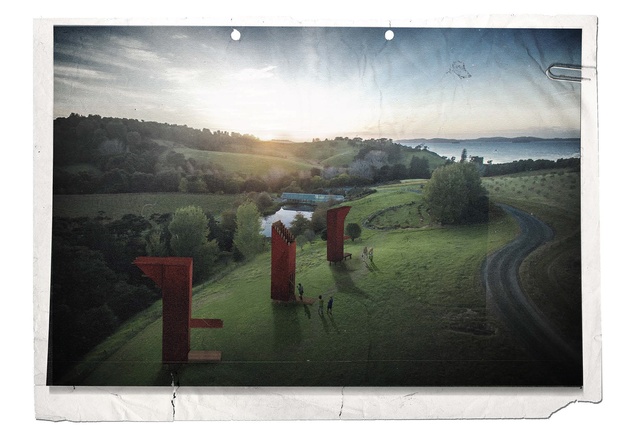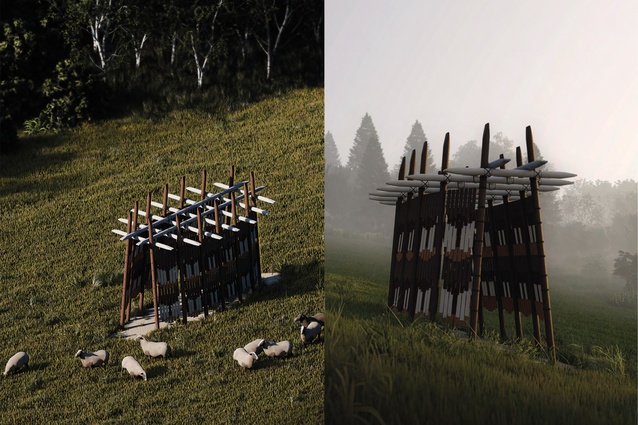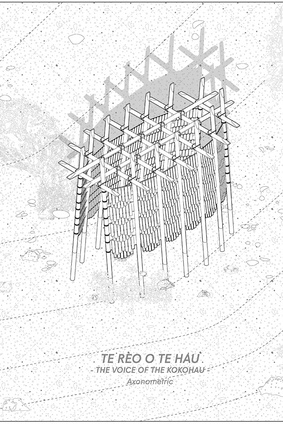Brick Bay Folly finalists revealed
Brick Bay Folly judge and mentor Pip Cheshire considers the proposals put forward by this year’s finalists and finds that each of them reflects the moral and cultural climate of our era.
In the long haul that is the daily graft of architecture, the Brick Bay Folly joins a very few other project types offering a fairly quick turnaround testing of one’s ideas, blessedly free of bureaucratic involvement. The folly competitors implicitly take advantage of these conditions and offer projects that give an insight to the current architectural zeitgeist. The finalists in this year’s competition, for example, all exhibit a commitment to the responsible use of materials and sensitivity to the responsibilities of Te Tiriti. Some have also proposed projects that explore the possibilities implicit in the folly’s brief existence.
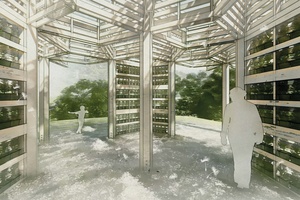
500 trees is inspired by the impermanence of a dandelion: nurturing, then, after the folly’s two-year lifespan, dispersing the fledgling kauri. Sharing Brick Bay’s vision of sustainability, the structure’s materials are recycled from those found at Brick Bay – pallets, fence posts and bolts. These are used to make shelves holding planters around which we are invited to move. The planters carry the 500 kauri seedlings, whose growth inexorably transforms the folly over its lifespan, before being scattered for replanting at selected sites across the motu. The structure of the folly is recycled again after its time at Brick Bay, leaving a legacy of forest rejuvenation, the folly being just a stage in the tree’s life cycle.
E rua ngā kete – Two baskets: “Nāu te rourou, nāku te rourou, ka ora ai te iwi – With your food basket and my food basket, the people (of the land and of the treaty) will thrive”. This whakataukī, a brief statement of the project values, underpins the folly, which proposes a representation of Aotearoa New Zealand’s diverse culture. The folly is an enclosure composed of timber battens and foundation posts, from inside of which the visitor can see down the valley to the bay below. The folly’s basket-like form symbolises an intertwined society: red representing tangata whenua and natural wood representing tangata tiriti. The colours are drawn from the surrounding flora and fauna, in particular, the native pōhutukawa trees, which line Brick Bay, Snells and other nearby beaches. The materials are typically used for farm fences and are later to be repurposed as fencing.
Made of the stuff of paddocks, Hay Folly is a maze-like layering of hay bales and separating wood sheets that will inexorably fall apart, melting into the site, leaving only a memory. A single opening draws visitors into the folly, the plan following a spiral, with spaces compressing and expanding as corridors formed of hay bales become shorter and tighter. Visitors arrive in a quiet ‘room’ at its heart and are presented with a carefully aligned view of Kawau Bay, the folly amplifying the world on an intimate scale.
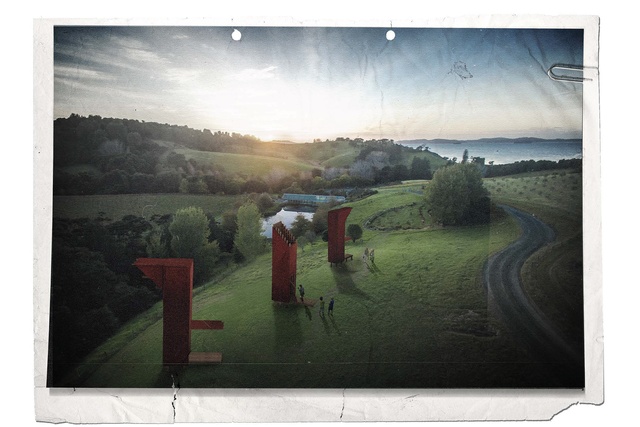
The Periscopes proposal intends activating the folly as an instrument, ‘resetting’ our perception, ‘engaging’ with the surrounding landscape and the damage that is slowly occurring and to which we may have become desensitised. Three structures highlight three pillars of the natural world – sea, land and sky – by creating points of reflection, each isolating the visitor in space while framing the specific views. Rural vernacular methods of timber framing and corrugated iron are proposed; two mirrors, tilted in opposite directions, form periscopes, activating the intervention and inviting us to engage in the sea, landscape and sky through the folly’s mechanisms.
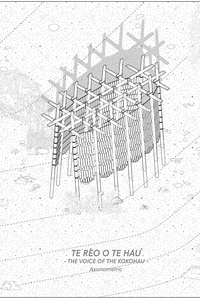
Te reo o te hau – The voice of the kōkōhau is inspired by the kōkōhau (breeze), capturing and giving voice to it as it sweeps across Brick Bay. The structure draws from waka construction; lashings tie large cross members together, supporting cloak-like walls of sounding mechanisms that also shelter visitors who venture in. Honoured by local iwi, Ngāti Manuhiri, kōkōhau holds many stories as it sweeps through, activating the folly’s wind-chime-like sounding boards; it speaks of the health and well-being of the people, the moana and the whenua, sometimes loud, sometimes subdued, according to the strength of the wind.
The winning folly will be selected later this year and officially opened at Brick Bay in May 2023.
This year’s judges are Pip Cheshire from Cheshire Architects, Steve Cassidy from Cassidy Construction, Keith Mann from Unitec, Karen Warman from Resene (represented by Hadleigh Armstrong), Peter Boardman from Structure Design, Chris Barton from Architecture NZ, Richard and Anna Didsbury from Brick Bay and Nicholas Rowsby from last year’s winning folly team, The Nest.

